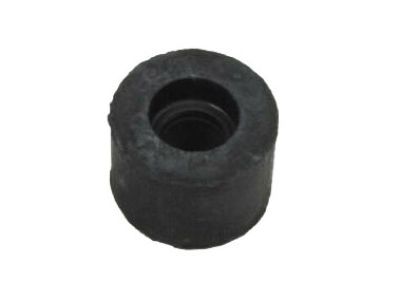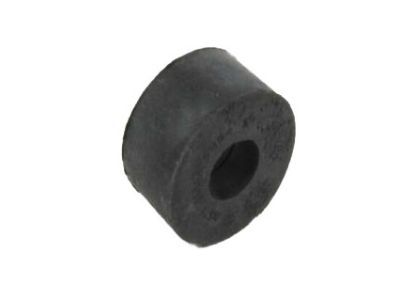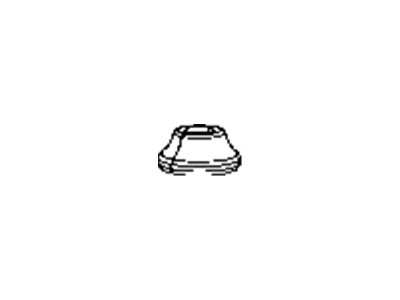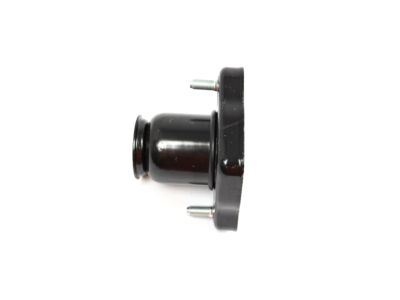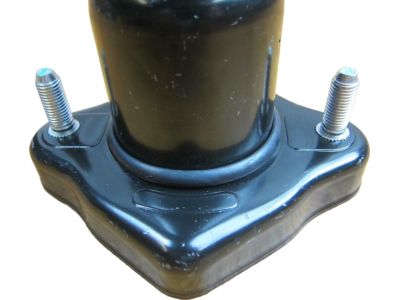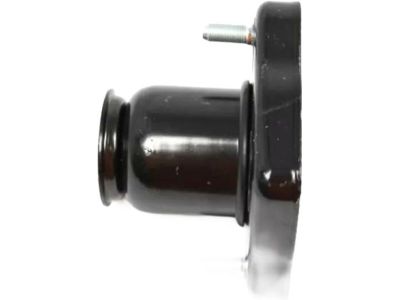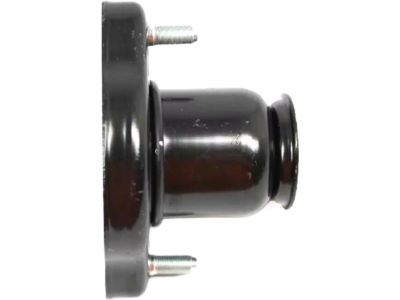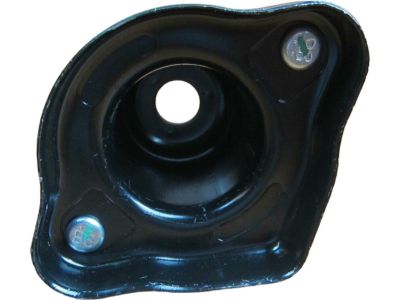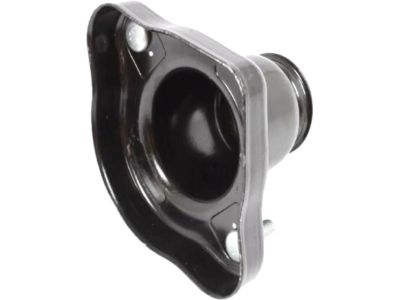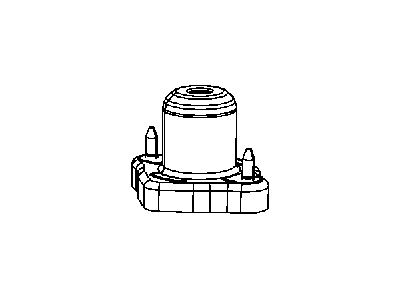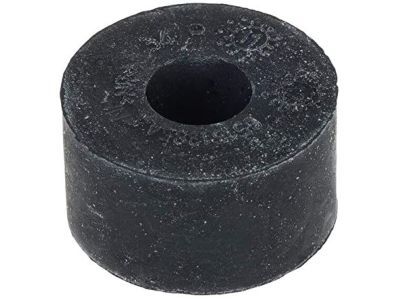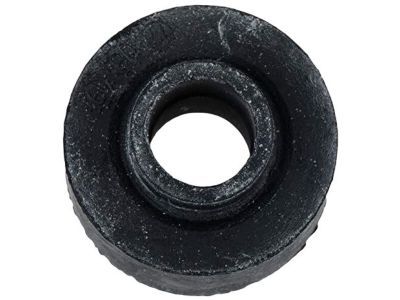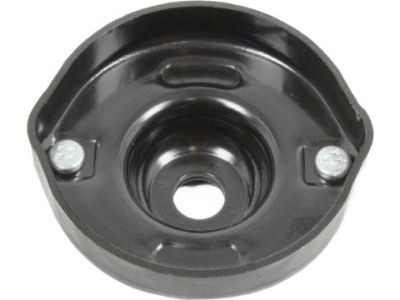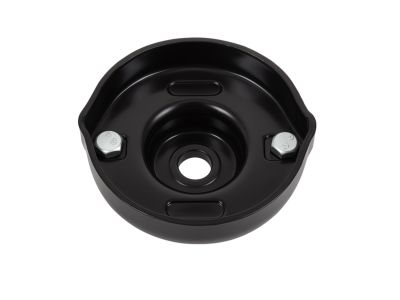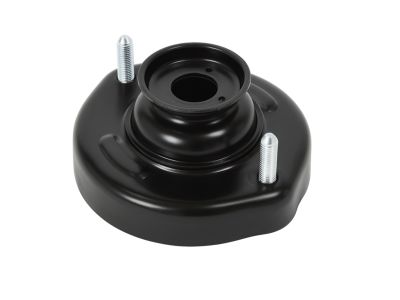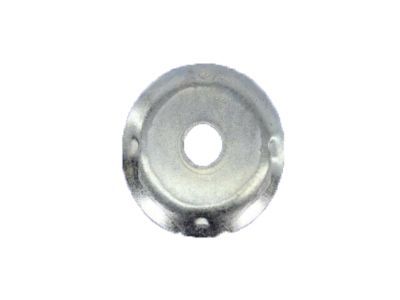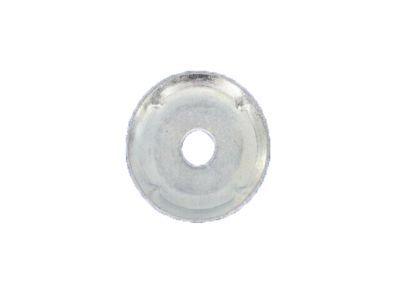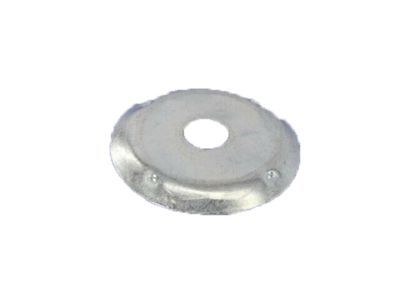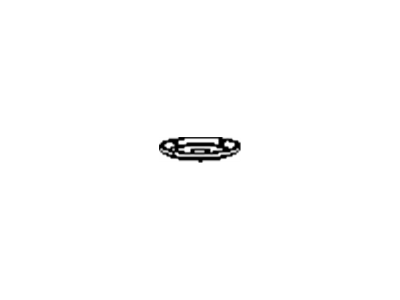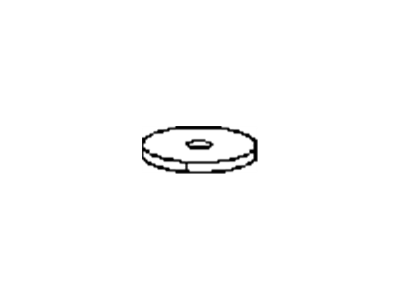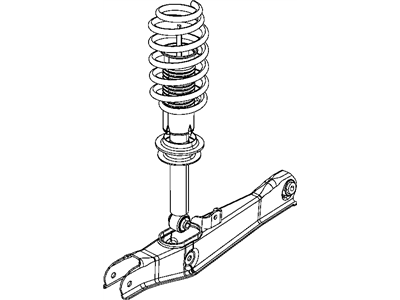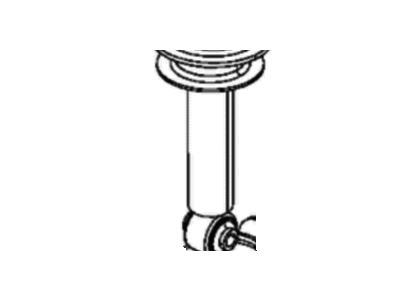
My Garage
My Account
Cart
Genuine Dodge Avenger Shock Absorber
Suspension Shock Absorber- Select Vehicle by Model
- Select Vehicle by VIN
Select Vehicle by Model
orMake
Model
Year
Select Vehicle by VIN
For the most accurate results, select vehicle by your VIN (Vehicle Identification Number).
31 Shock Absorbers found


Dodge Avenger Bracket-Shock ABSORBER
Part Number: 5085495AC$44.91 MSRP: $64.55You Save: $19.64 (31%)

Dodge Avenger Bracket-Shock ABSORBER
Part Number: 5151303AA$45.34 MSRP: $66.70You Save: $21.36 (33%)

Dodge Avenger ABSORBER-Suspension
Part Number: 4766053AD$165.35 MSRP: $365.00You Save: $199.65 (55%)Dodge Avenger ABSORBER-Suspension
Part Number: 4766053AE$165.35 MSRP: $365.00You Save: $199.65 (55%)Dodge Avenger ABSORBER-Suspension
Part Number: 5105790AE$229.69 MSRP: $345.00You Save: $115.31 (34%)Dodge Avenger ABSORBER-Suspension
Part Number: 5272613AK$266.49 MSRP: $402.00You Save: $135.51 (34%)Dodge Avenger ABSORBER-Suspension
Part Number: 5272613AD$266.49 MSRP: $402.00You Save: $135.51 (34%)Dodge Avenger ABSORBER-Suspension
Part Number: 5272613AE$266.49 MSRP: $402.00You Save: $135.51 (34%)Dodge Avenger ABSORBER-Suspension
Part Number: 5272613AJ$266.49 MSRP: $402.00You Save: $135.51 (34%)Dodge Avenger ABSORBER-Suspension
Part Number: 5272613AL$266.49 MSRP: $402.00You Save: $135.51 (34%)Dodge Avenger ABSORBER-Suspension
Part Number: 68164722AC$174.84 MSRP: $261.00You Save: $86.16 (34%)
| Page 1 of 2 |Next >
1-20 of 31 Results
Dodge Avenger Shock Absorber
The Shock Absorber featured in Dodge Avenger car models is part of the suspension system that is aimed at reducing harsh bouncing and giving a smooth ride. In this way, the kinetic movement is transformed into heat through hydraulic means while, at the same time, the Shock Absorber increases its ability to interfere with shock impulses thereby providing better handling on most terrains. Shock Absorbers used in Dodge Avenger models vary with twin-tube and mono-tube types being used successively. A Twin-tube shock is typical and its design is rather basic and the shock can, if needed, be gas filled for greater longevity. Conversely, mono-tube shocks provide enhanced heat management and performance more than the twin-tube, for multi-angular mountings. Other features that add versatility to Shock Absorber are the Position Sensitive Damping (PSD) and Acceleration Sensitive Damping (ASD) that provide optimal damping of road inputs to offer the finest dynamic control in the Dodge Avenger.
Looking for affordable and high-quality auto parts? Then you have already arrived at the proper online shop. We offer all Dodge Avenger Shock Absorber at great affordable prices. Moreover, all genuine Dodge Avenger Shock Absorber come with a manufacturer's warranty. In the long run, you would realize you have saved a lot of trouble and money with OEM parts from here.
Dodge Avenger Shock Absorber Parts Questions & Experts Answers
- Q: How to remove and install the rear shock absorbers and coil spring on Dodge Avenger?A:For 2014 and earlier models, start by removing the trim panels from the sides of the trunk to access the shock absorber upper mounting fasteners. Then, loosen the rear wheel lug nuts, raise the vehicle, and support it on jackstands. Remove the rear wheels. In the trunk, remove the two nuts that hold the shock absorber to the vehicle body. If equipped, remove the trim panels covering the lower Control Arm. Finally, remove the shock absorber lower mounting nut and bolt to remove the shock unit. For 2015 and later models, raise the rear of the vehicle and support it on jackstands. Remove the wheels and the rear fenderwell splash shield. Use a floor jack to support the knuckle and raise it slightly. Remove the shock absorber lower mounting bolt. If necessary, loosen the fuel filler tube bolt and move the filler tube aside for better access to the shock upper mounting bolts. Remove the shock absorber upper mounting bolts and the shock absorber assembly from the vehicle. If needed, transfer the shock upper mount to the new shock and tighten the center nut. For all models, grease the lower mount with white lithium grease for easier installation and to prolong the life of the lower shock bushing. If you plan on removing the springs and overhauling the shock unit, follow the procedures. On 2014 and earlier models, ensure that the side of the upper mount that protrudes more is facing towards the outside of the vehicle. On 2015 and later models, tighten the shock absorber upper bolts. Raise the rear suspension with a floor jack positioned under the knuckle to simulate normal ride height, then tighten the lower mounting bolt. Install the wheel and lug nuts, lower the vehicle, and tighten the lug nuts. On 2014 and earlier models, tighten the shock absorber upper mounting nuts. Finally, reinstall the trim panels in the trunk.
